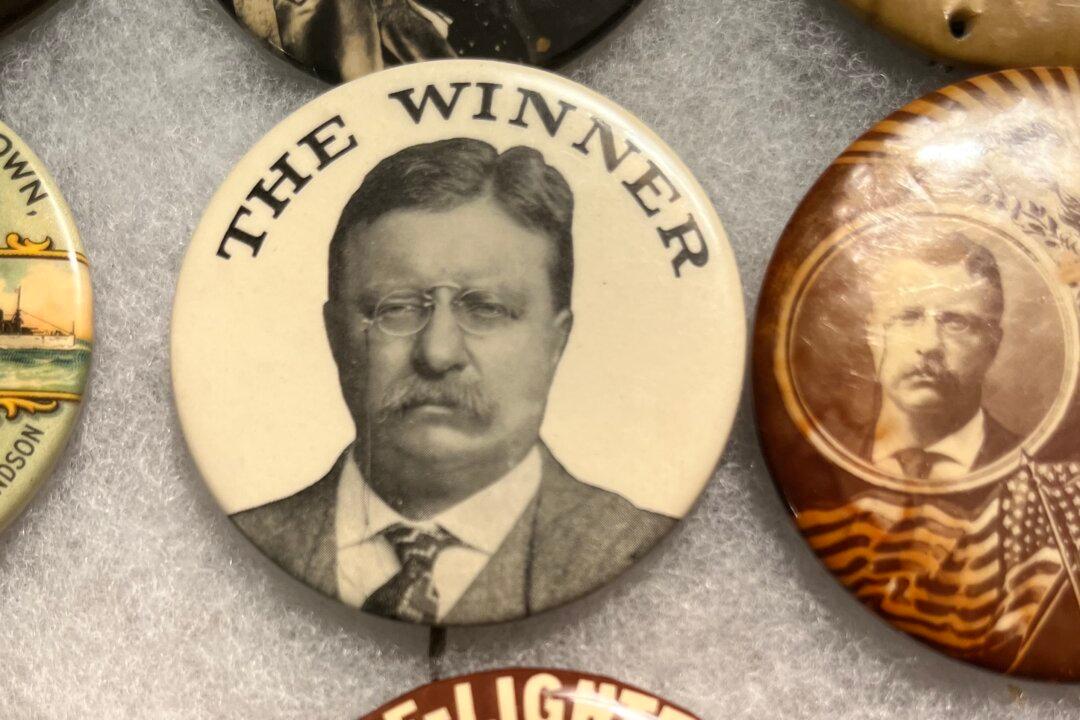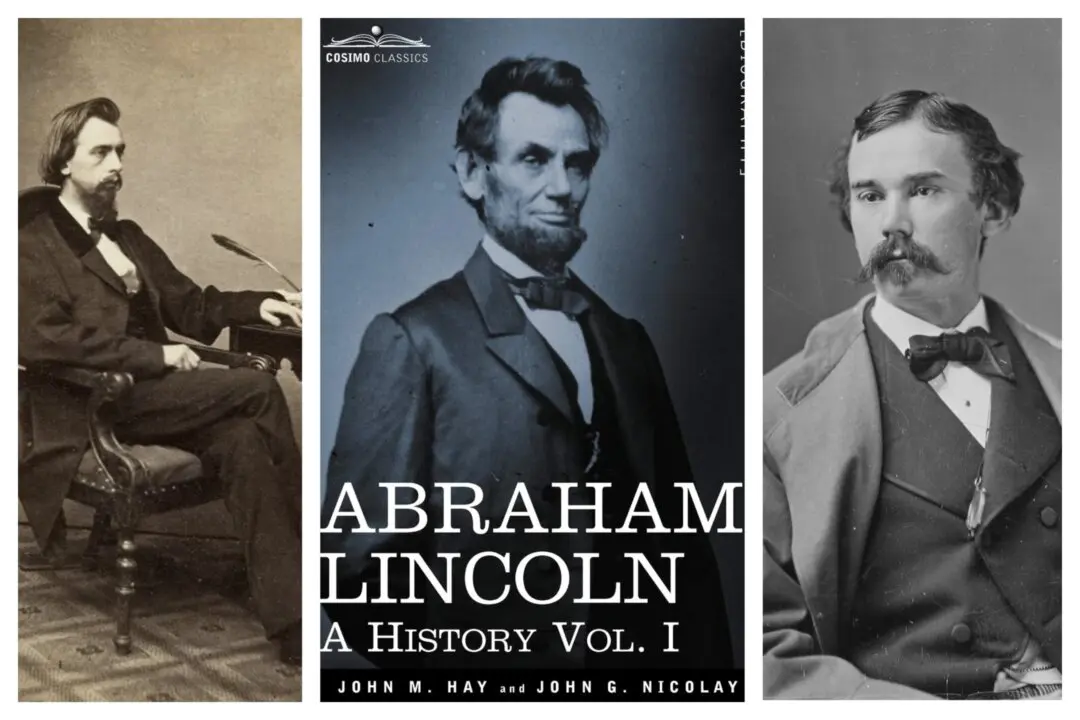It started when he was nosing around in his grandfather’s attic as a teenager. Tom Peeling soon developed a fascination with old political campaign buttons—especially those sporting the image of Teddy Roosevelt, America’s 26th president.
After nearly half a century of collecting, Mr. Peeling now has a collection of at least 1,000 Theodore Roosevelt buttons—ranging in size from seven-eighths of an inch to about six inches in diameter—as well as a variety of ribbons. “In my grandfather’s attic in Pennsylvania, I found a few dozen 1900- to 1920-era campaign buttons, ones featuring such presidents as Theodore Roosevelt and William McKinley, and those really got me collecting,” said the Floridian native who has now retired to Western North Carolina.





